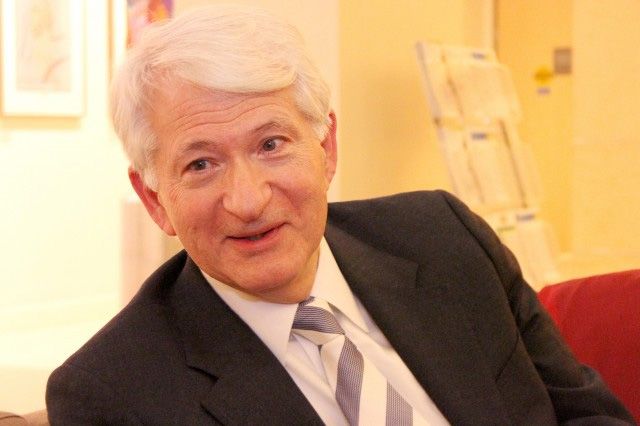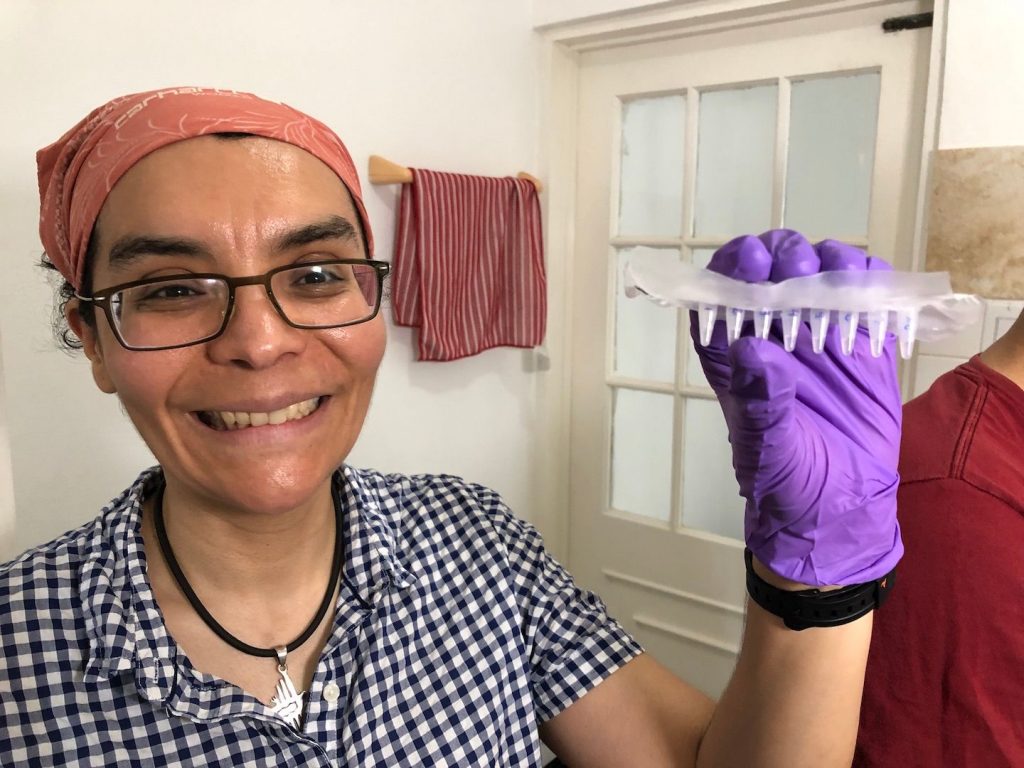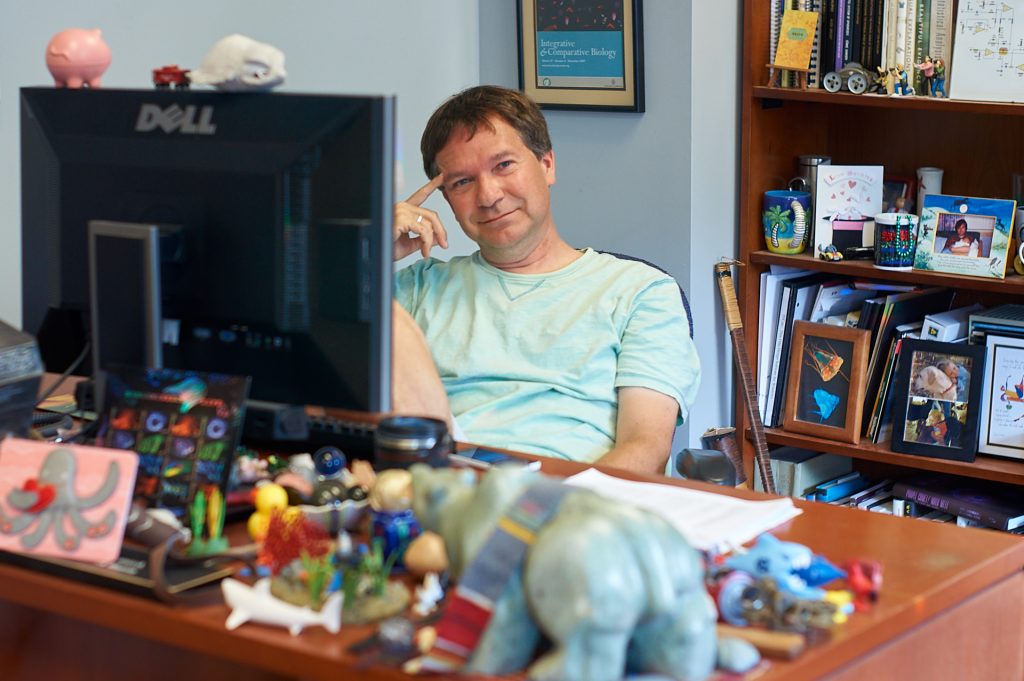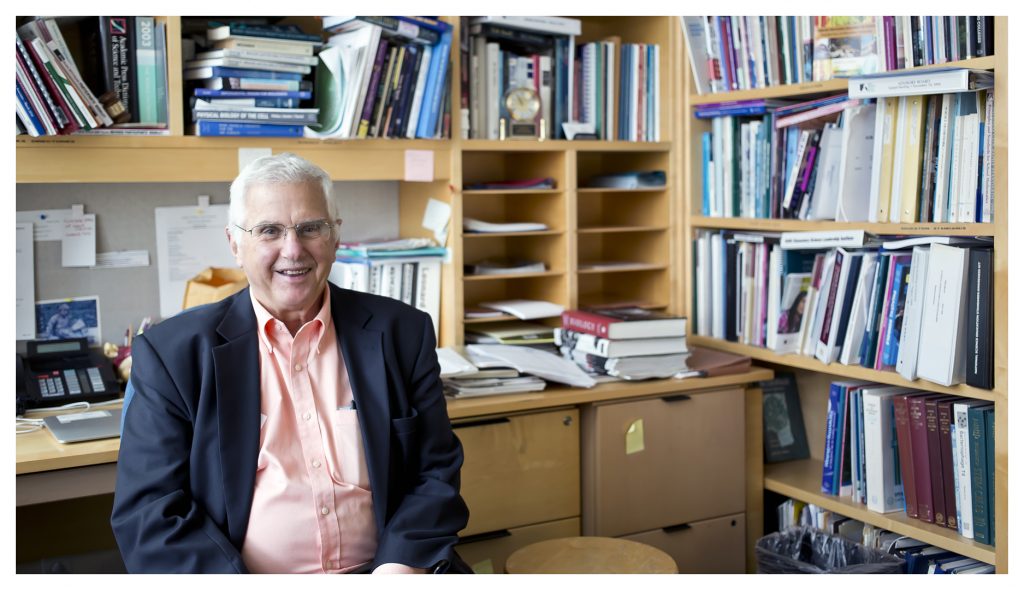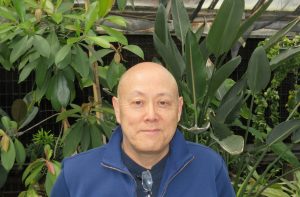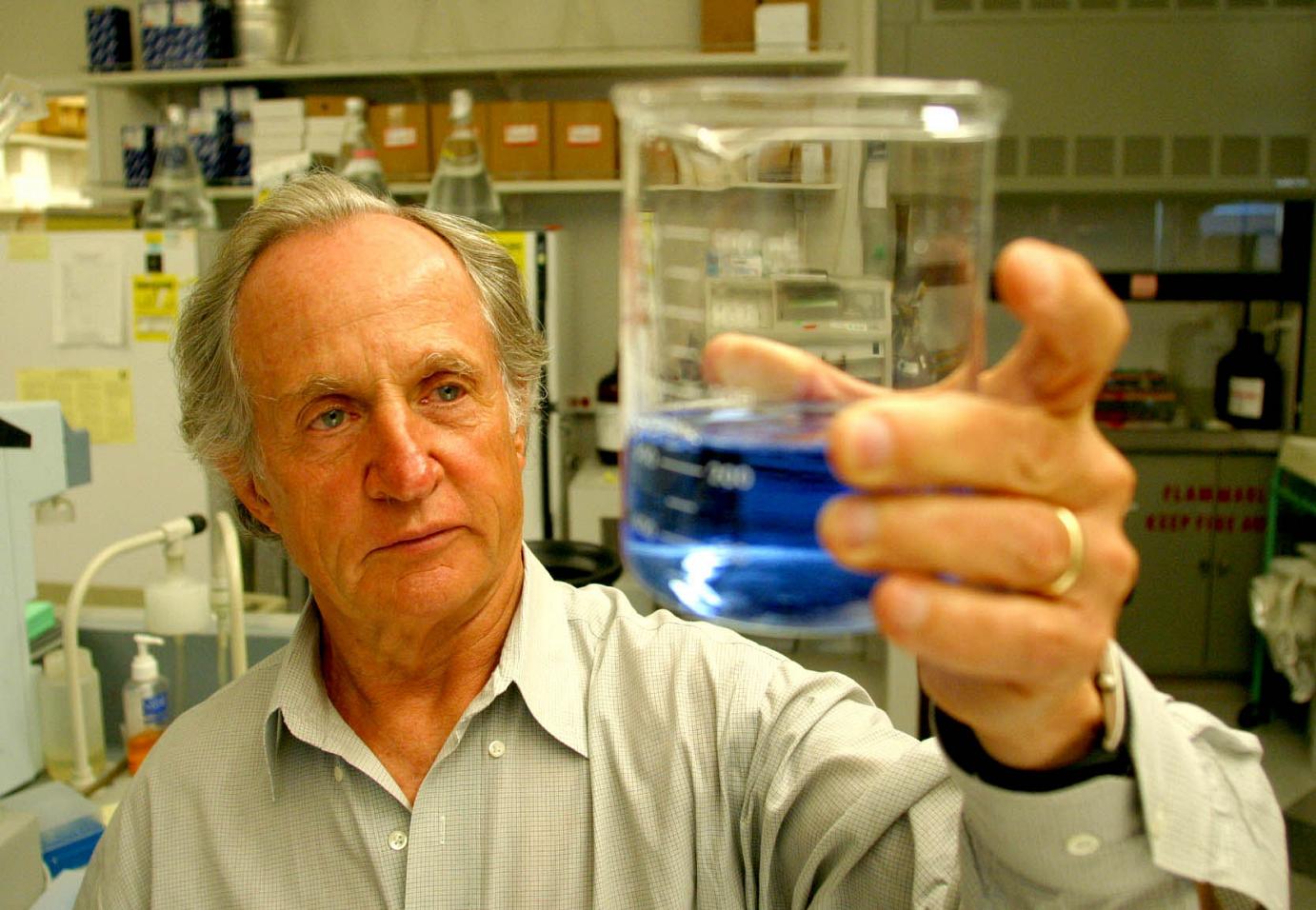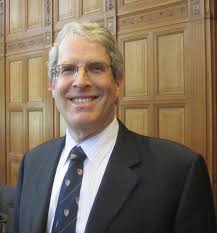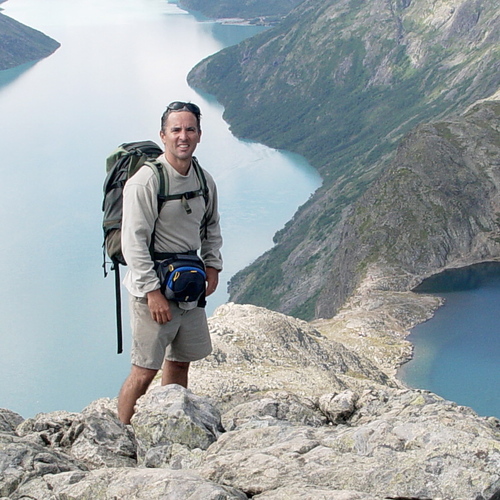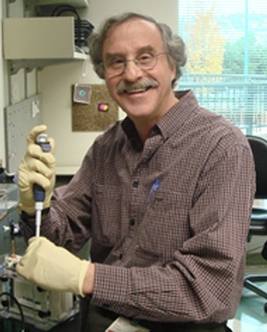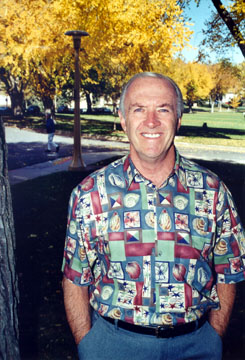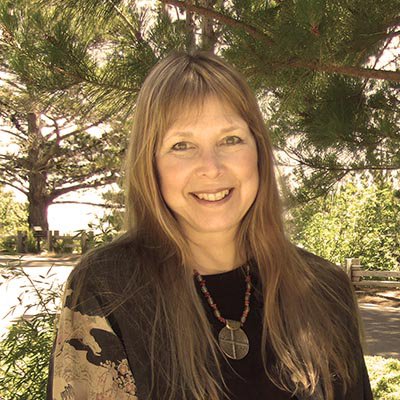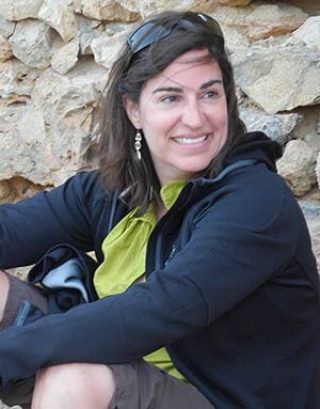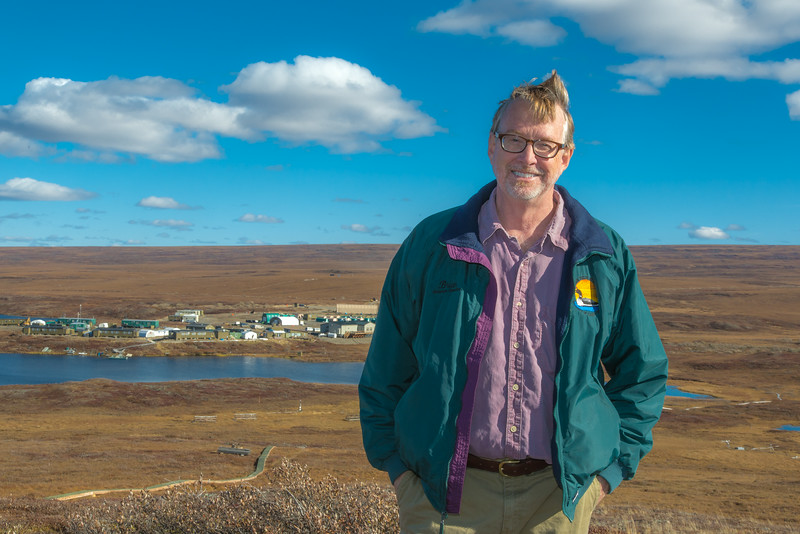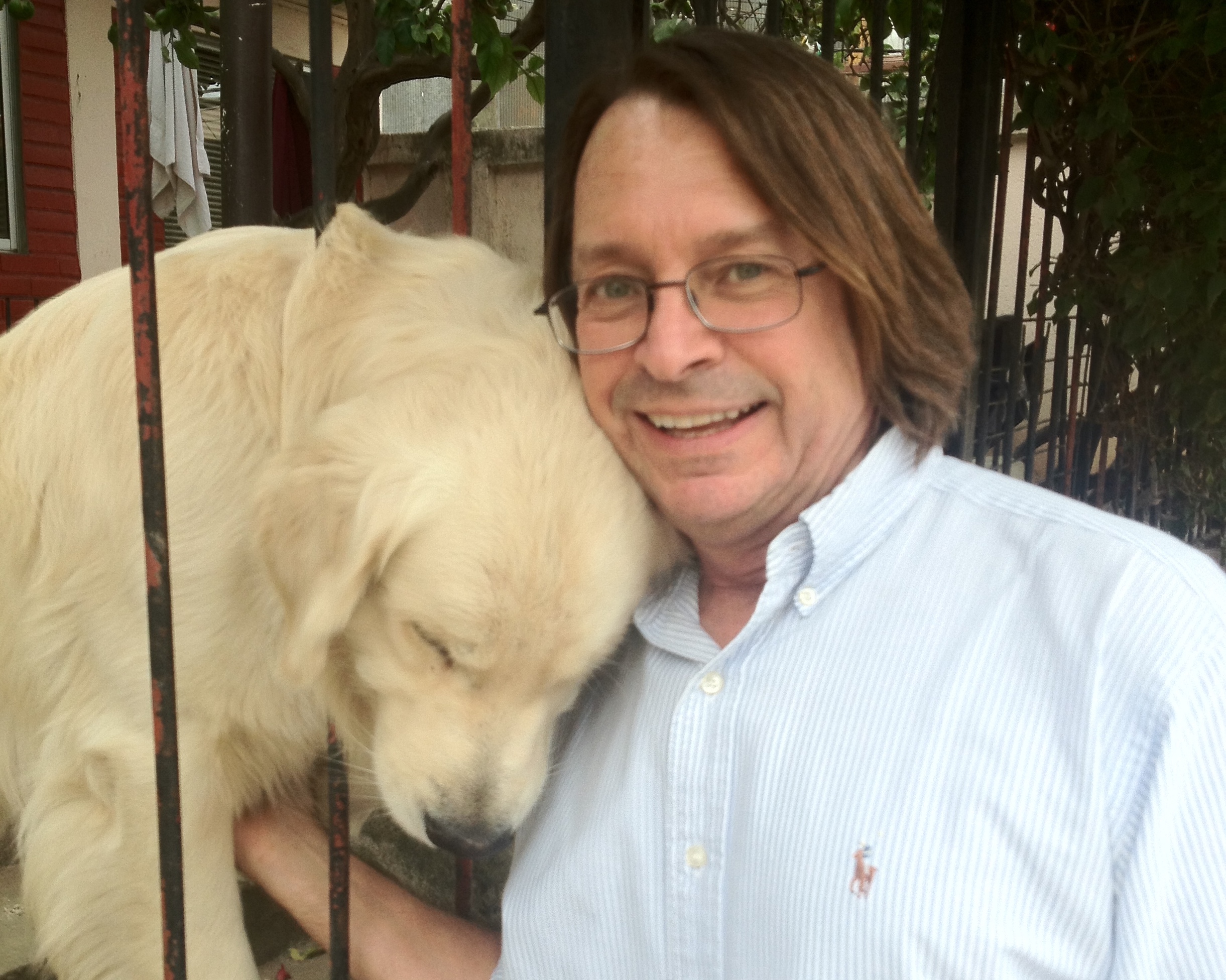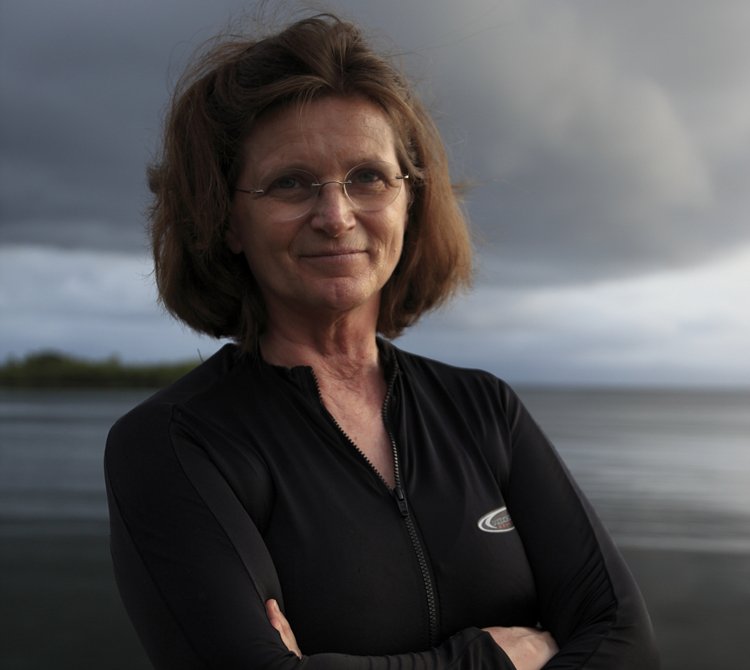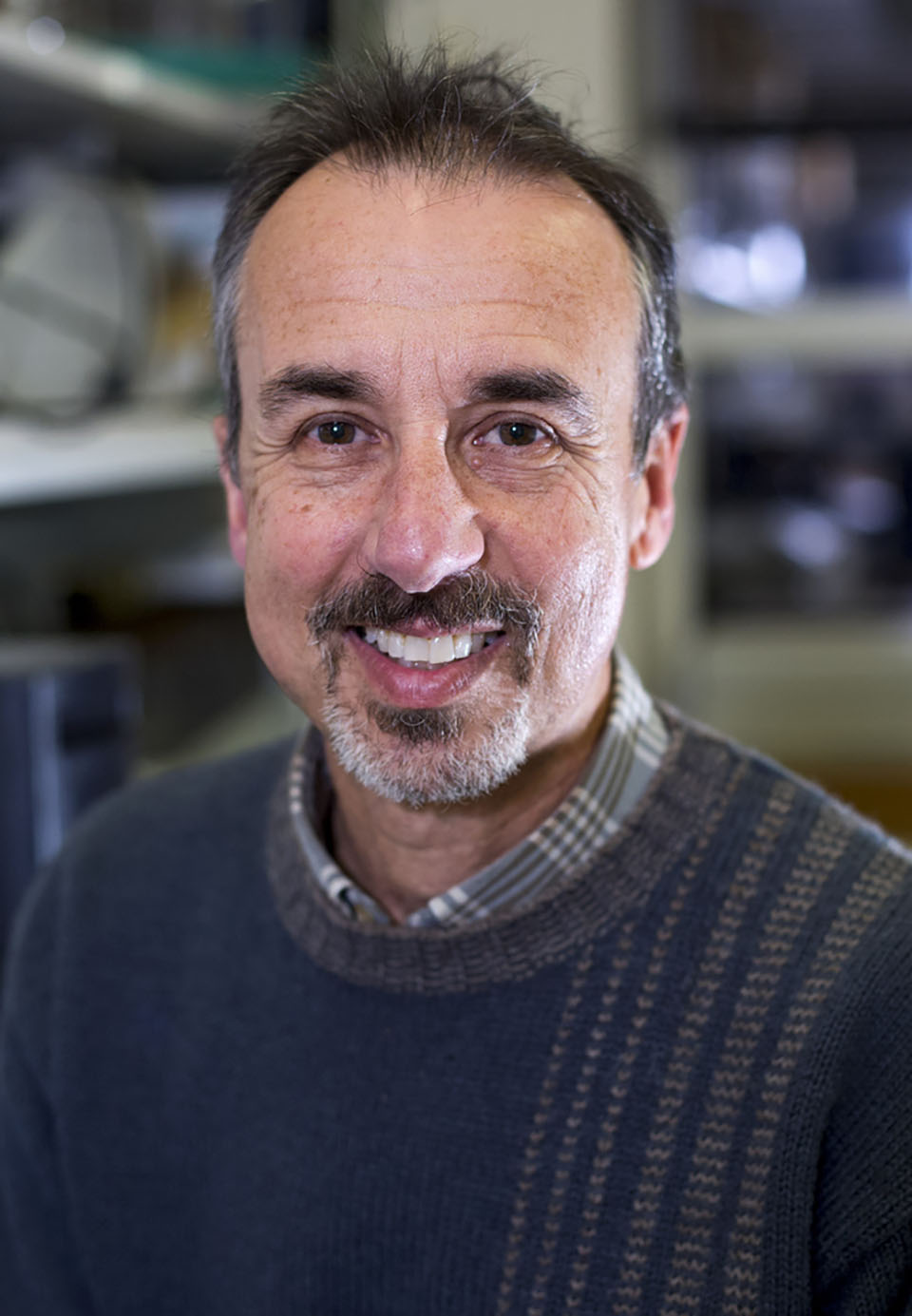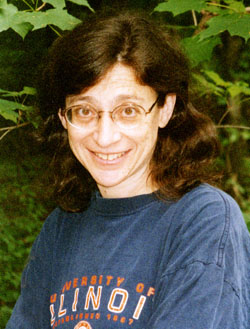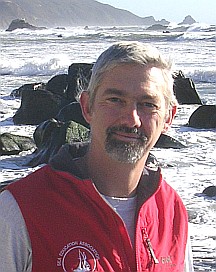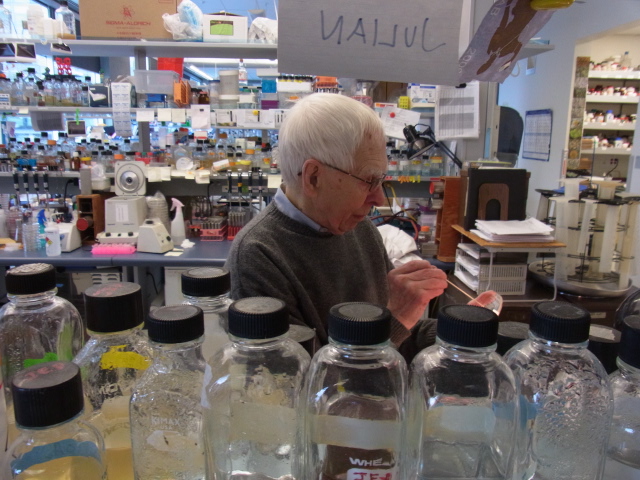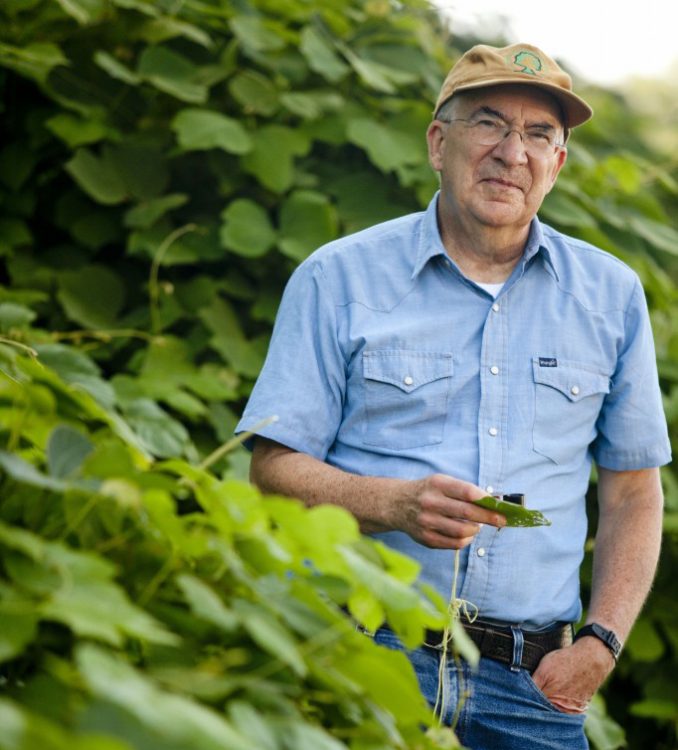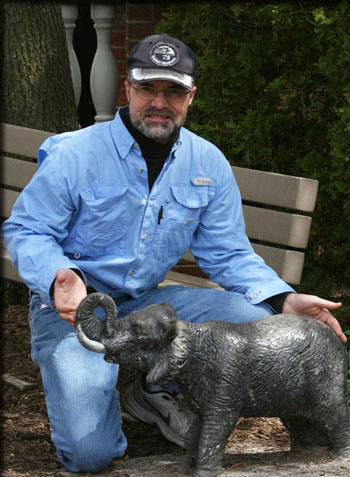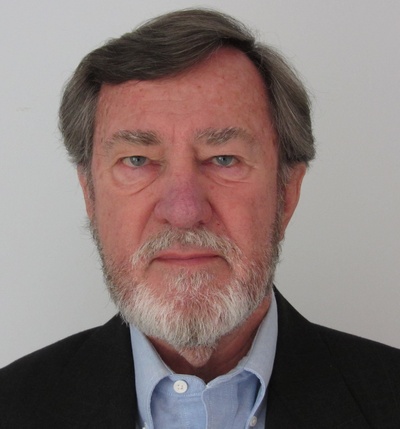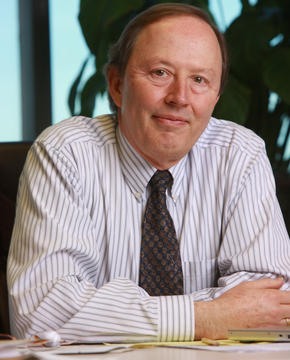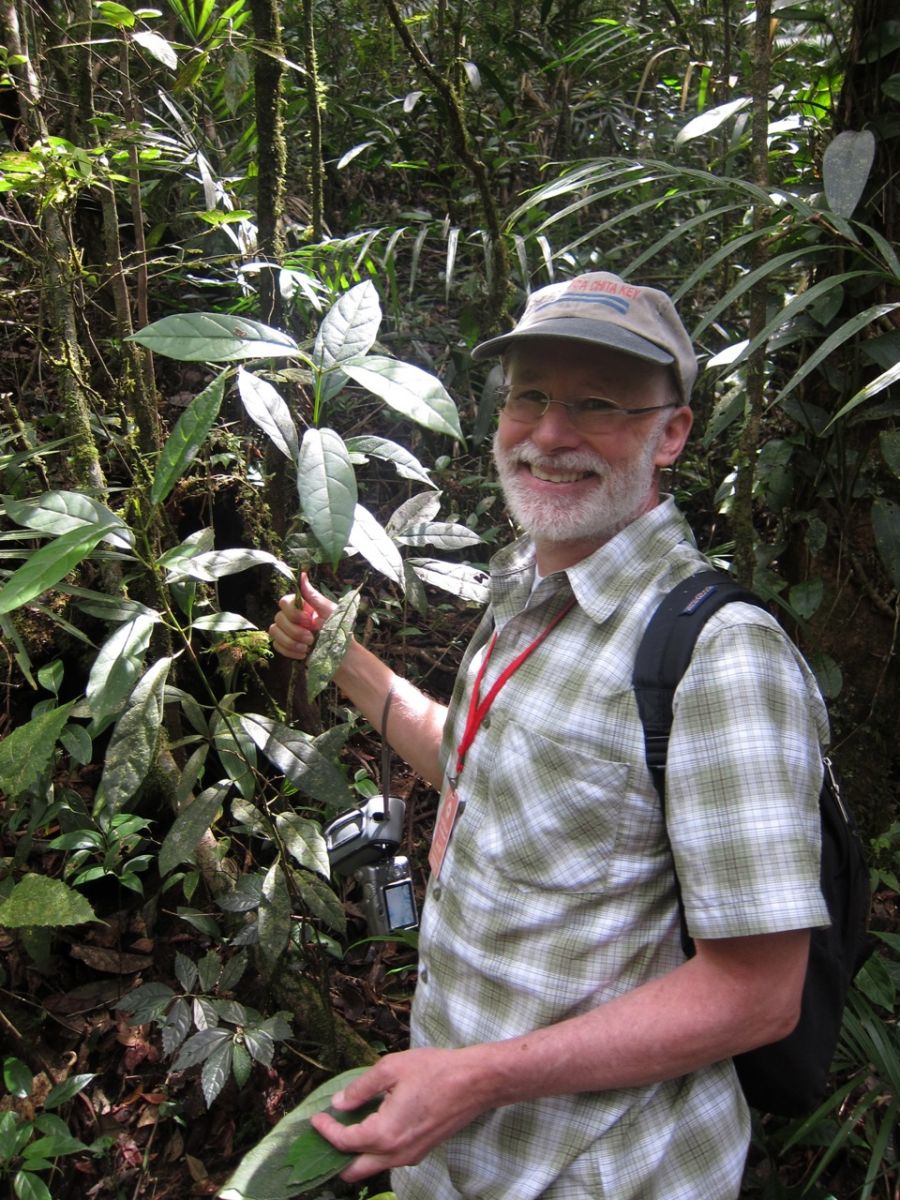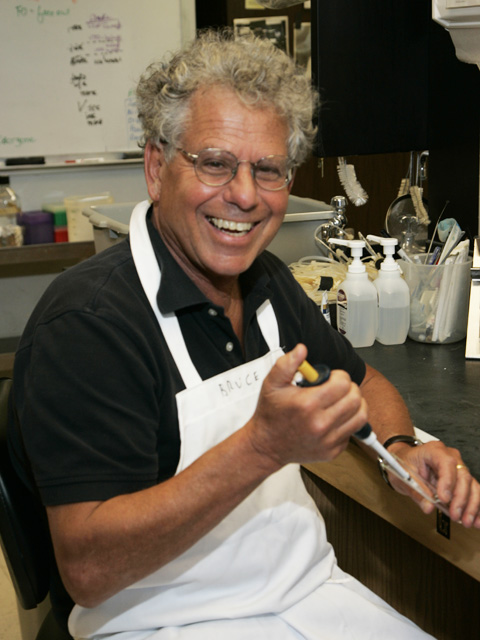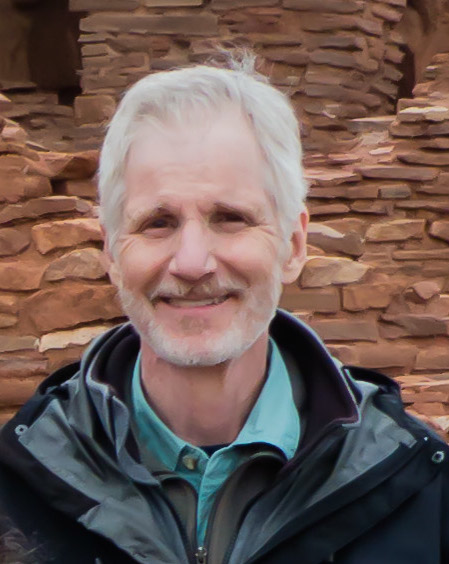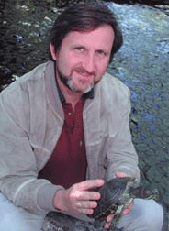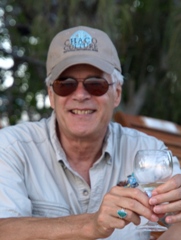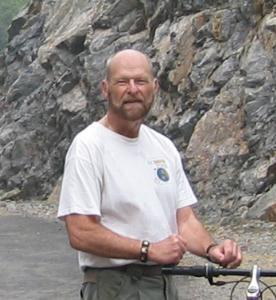Dr. Gene David Block is an American biologist, academic, inventor, and chancellor of the University of California, Los Angeles. His area of scientific expertise is biological clocks. His research has focused on the neurobiology of circadian rhythms, specifically the neural mechanisms by which organisms adjust sleep and wakefulness to the day and night cycle. Most recently, he has examined the effects of aging on the biological clock.
From 1991 to 2002, he directed the National Science Foundation’s Science and Technology Center in Biological Timing, which was based at the University of Virginia. The center’s research led to a breakthrough in the understanding of the molecular and neural mechanisms involved in biological timing. Through the work of the center, the University of Virginia became a world leader in circadian biology research.
Chancellor Block has published more than 100 scientific papers, chapters and reviews, and has organized more than 30 scientific meetings. He has served on scientific advisory boards at the University of Pennsylvania, University of Pittsburgh, Emory University, Morehouse School of Medicine, University of Maryland and University of Alaska, Fairbanks.
He has invented a number of medical devices and holds a patent for a non-contact respiratory monitor for the prevention of Sudden Infant Death Syndrome.
Chancellor Block is a fellow of the American Association for the Advancement of Science and was a visiting fellow of the Japanese Society for the Promotion of Science. In April 2010, he was elected to the American Academy of Arts and Sciences.
Block was born in Monticello, New York, the grandson of Eastern European immigrants. His father and uncle owned Mountain Dairies, a retail/wholesale distributor that served many of the hotels and camps that populated the Catskill region of New York. During high school summers he worked at the dairy as a truck driver, starting his days at 4am for early morning deliveries to summer camps and hotels. He also played piano in a trio that provided dance music for Saturday evening parties at several bungalow colonies within the “Borscht Belt”. His hobbies included electronics and shortwave radio. He played varsity tennis at Monticello High School.
Block received the BA from Stanford University in 1970, followed by the MS and PhD in 1972 and 1975, respectively, from the University of Oregon; all of these degrees were in psychology. From 1975-1978, he returned to Stanford for postdoctoral work with Donald Kennedy, who later became president of Stanford, and Colin Pittendrigh, who is known as the “father of biological timing.” During this time Block studied how voluntary movements inhibit sensory feedback in the crayfish working in the Kennedy lab while studying issues of circadian biology with Colin Pittendrigh.
In 1978, Block became a member of the faculty in the Department of Biology of University of Virginia. Here, Block served as the vice provost for research and public service from 1993-1998, and then 2001 he was appointed as vice president. Furthermore, during this time from 1991-2002, Block also served as the founding director of the National Science Foundation (NSF) Science and Technology Center in Biological Timing.
According to Block, “The center raised the national visibility of the University in biological and medical research, and gave us reputational leverage in the U.S. as well as in Europe and Japan…Most importantly, the center’s scientific accomplishments have been spectacular. We’ve done some high-risk research that has paid off greatly; some of it has fundamentally changed our understanding of biological processes.”
One of the center’s biggest advances, largely by Joseph Takahashi, was the development of a mutant mouse that allowed for the identification and cloning of the “Clock” gene for the biological clock in a mouse in 1997. This was the first such gene to be identified at the molecular level in a mammal. This groundbreaking discovery was a result of the Clock Genome Project, which uses “forward genetics” to discover the genes regulating circadian clocks in mice, fruit flies, and plants. In addition, this work also led to the discovery of many other genes that regulate the biological clock.
In 1997 and 1998, the reputable journal Science ranked the findings of the NSF Center in Biological Timings among the top 10 in biological research breakthroughs.
Finally, Block was appointed Chancellor of UCLA in 2007. His selection was announced on 21 December 2006, succeeding interim office holder Norman Abrams on 1 August 2007. As chancellor, Gene Block has faced the challenge of steering UCLA through a severe budget crisis. Despite being regarded a top leader, Chancellor Block has nonetheless overseen steep tuition increases. Chancellor Block holds a periodic student office hour and sometimes breakfasts with groups of students. Chancellor Block has also focused attention on non-faculty staff, including regular staff/chancellor breakfast. In addition, Mrs. Block hosts staff at athletic events and student musical recitals at their residence. Chancellor Block holds UCLA faculty appointments in psychiatry and bio-behavioral sciences in the David Geffen School of Medicine and in physiological science in the College of Letters and Science.
